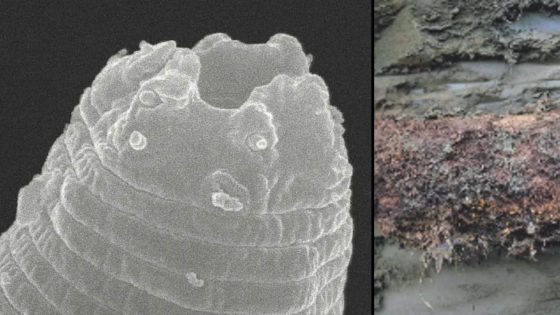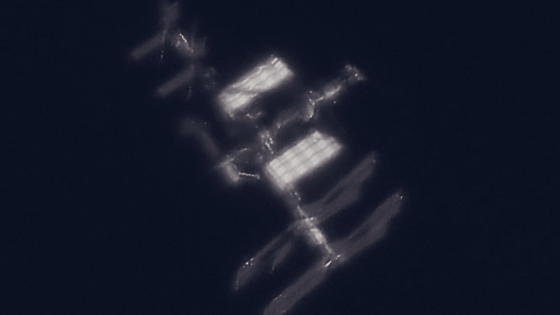Scientists have made a remarkable discovery: a tiny nematode worm has been revived after being frozen in Siberian permafrost for 46,000 years. This extraordinary event, reported on February 26, 2025, raises intriguing questions about the resilience of life. How can organisms survive such extreme conditions for millennia? This breakthrough could reshape our understanding of biology and its applications.
- Nematode revived after 46,000 years frozen
- Discovery enhances understanding of cryptobiosis
- Unique survival traits found in Panagrolaimus kolymaensis
- Implications for medical organ preservation
- Potential applications in space exploration
- Other organisms also exhibit cryptobiosis traits
Understanding the 46,000-Year-Old Worm and Its Implications for Science
How does a worm survive in frozen conditions for tens of thousands of years? The revival of Panagrolaimus kolymaensis challenges our perceptions of life and survival. This tiny creature was found deep in the Arctic permafrost, preserved in a state called cryptobiosis, where its metabolic processes halted. The implications of this discovery extend far beyond the Arctic, potentially influencing various fields in the U.S.
Exploring the Science of Cryptobiosis and Its Potential Applications
The study of Panagrolaimus kolymaensis reveals fascinating insights into cryptobiosis. This process allows organisms to survive extreme conditions by essentially pausing their biological functions. Researchers believe that understanding these survival strategies can lead to advancements in several areas:
- Human organ preservation for transplant procedures.
- Suspended animation techniques for long space missions.
- Improved methods for storing biological materials and pharmaceuticals.
- Insights into preserving ecosystems and biodiversity.
How the Frozen Worm Offers Insights into Evolutionary Biology
This nematode belongs to a previously unknown genus, showcasing unique survival traits that could inform evolutionary biology. Genetic studies indicate that it shares similarities with the well-known Caenorhabditis elegans worm, but with distinct adaptations for extreme conditions. These adaptations may include specialized proteins that act as biological antifreeze, preserving cellular integrity during freezing.
Future Implications for Cryopreservation and Space Exploration
The ability to pause life for thousands of years opens exciting possibilities. If scientists can replicate the cryptobiotic process, we could see revolutionary changes in various fields, including:
- Enhanced organ viability for transplants, addressing shortages.
- New technologies for long-duration space travel, making missions to Mars feasible.
- Innovative methods for preserving food and biological samples.
In conclusion, the revival of this ancient worm not only highlights the resilience of life but also paves the way for groundbreaking advancements in science and technology. What other secrets might the frozen depths of our planet hold?

































